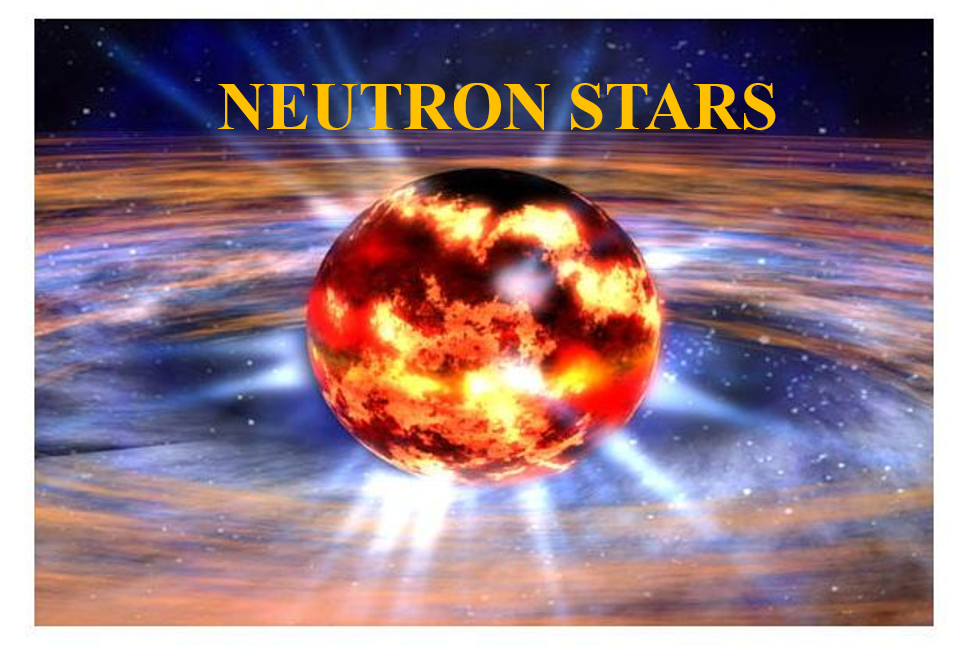| نویسندگان | N. S. Razavi and M. Ghazanfari Mojarrad |
|---|---|
| نشریه | NUCLEAR PHYSICS A |
| شماره صفحات | 122556 |
| شماره مجلد | 1029 |
| ضریب تاثیر (IF) | 1.558 |
| نوع مقاله | Full Paper |
| تاریخ انتشار | 2023 |
| رتبه نشریه | علمی - پژوهشی |
| نوع نشریه | الکترونیکی |
| کشور محل چاپ | هلند |
| نمایه نشریه | SCOPUS ,JCR |
چکیده مقاله
We analyze the thermal effects on the EOS of dense nuclear matter, using a statistical approach where a semi-classical mean-field (MF) model based on the Thomas-Fermi (TF) approximation is introduced. Within this density-functional-based theory, the equation of state (EOS) of hot dense nuclear matter for different compositions of baryonic matter such as symmetric nuclear matter (SNM), pure neutron matter (PNM), and neutrino-free (neutrino-trapped) matter in β-equilibrium is investigated, while the contribution of photons is taken into account for only the β-equilibrated cases. The Landau effective mass, by which the thermal effects on dense matter can be judged, is also extracted from the cold single-particle (SP) potential of neutrons in phase space for both SNM and PNM. We show that the characteristic behavior of the nuclear symmetry free energy (SFE), especially at supra-saturation densities, has a clear relevance to the general influence of the temperature on the EOS. Based on the -law approximation, a simple parametrization for the thermal properties of the EOS is provided by the thermal index th, while the presence of trapped neutrinos in β-equilibrated matter gives rise to significantly more consistency with the original astrophysical range 1.5 ≤th≤2. Our EOSs are then employed in an isentropic scheme to investigate the properties of a hot compact object under the assumption of the conserved baryonic mass, while complying with the current observational constraints on the structure of neutron stars (NSs). Within the present model, we cannot predict the possibility that the lighter component of GW190814 [1]is a massive cold neutron star (NS). ©2022 Elsevier B.V. All rights reserved.


